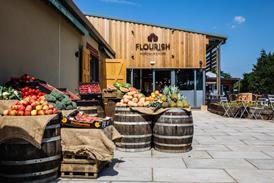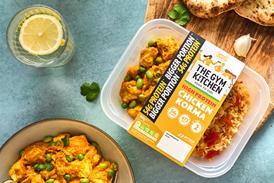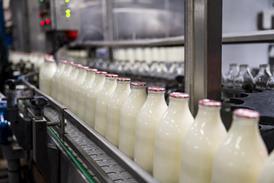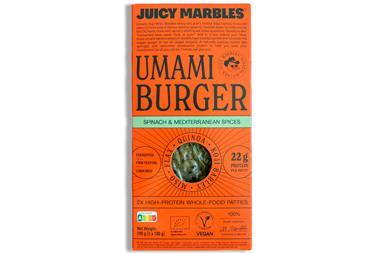Shoppers are being widely misled by manufacturers into believing processed goods contain more fruit than they actually do, according to new research.
The Where Is The Fruit? report published this week by Freshfel, the European fresh produce association found that despite carrying an image, picture, word or other overt reference to fruit on the outer packaging, 18% of fmcg products analysed contained no fruit at all. A further 32% of products analysed contained less than 10% fruit content.
The study showed that consumers across Europe might, for a great number of their purchases, be misguided into buying products that did not have the characteristics suggested on their packaging, said Luc Clerx, chairman of Freshfel's promotion, image and communication committee. "The packaging of certain products simply reminds consumers of the nutritional value of fresh produce, without delivering the benefits."
In light of the report's findings, Freshfel has urged manufacturers to either remove misleading images and statements from packaging, or reformulate products to increase their fruit and vegetable content.
Baking products, milks and custards, sports drinks, flavoured water as well as fruit and herbal tea were the worst offenders for suggesting 'fruitiness' without containing fruit, the report said.
New EU rules are due to come into force to put a stop to manufacturers depicting fruit and veg on packaging in a misleading way. The study found only 13.5% of products analysed could continue to carry images of fresh fruit on their packaging without potentially being in breach of the new rules.
The UK's Fresh Produce Consortium urged consumers to buy fresh produce if they wanted to be confident of getting their 5-a-day. The study analysed 207 products sourced this year from the largest supermarkets, by volume, in nine European countries, including the UK, representing 75% of the whole EU population.
The Where Is The Fruit? report published this week by Freshfel, the European fresh produce association found that despite carrying an image, picture, word or other overt reference to fruit on the outer packaging, 18% of fmcg products analysed contained no fruit at all. A further 32% of products analysed contained less than 10% fruit content.
The study showed that consumers across Europe might, for a great number of their purchases, be misguided into buying products that did not have the characteristics suggested on their packaging, said Luc Clerx, chairman of Freshfel's promotion, image and communication committee. "The packaging of certain products simply reminds consumers of the nutritional value of fresh produce, without delivering the benefits."
In light of the report's findings, Freshfel has urged manufacturers to either remove misleading images and statements from packaging, or reformulate products to increase their fruit and vegetable content.
Baking products, milks and custards, sports drinks, flavoured water as well as fruit and herbal tea were the worst offenders for suggesting 'fruitiness' without containing fruit, the report said.
New EU rules are due to come into force to put a stop to manufacturers depicting fruit and veg on packaging in a misleading way. The study found only 13.5% of products analysed could continue to carry images of fresh fruit on their packaging without potentially being in breach of the new rules.
The UK's Fresh Produce Consortium urged consumers to buy fresh produce if they wanted to be confident of getting their 5-a-day. The study analysed 207 products sourced this year from the largest supermarkets, by volume, in nine European countries, including the UK, representing 75% of the whole EU population.

















No comments yet